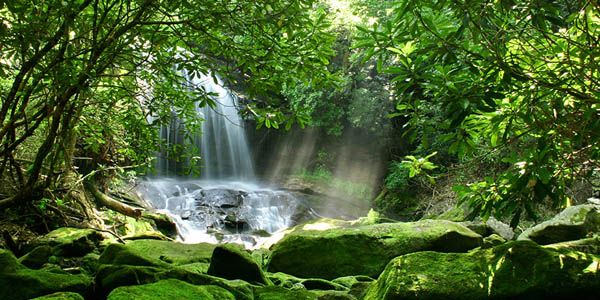Brazil — At the tail end of September, the findings from the most exhaustive study of tropical forests’ link to carbon emissions were published — and the conclusion was alarming.
Researchers found that the world’s tropical forests have become so degraded that they no longer act as an overall reducer of carbon dioxide. Rather, they function as a source.
“The forest is not doing what we thought it was doing,” Alessandro Baccini, one of the lead authors of the research team from Woods Hole Research Center and Boston University, told The Guardian.
“As always, trees are removing carbon from the atmosphere, but the volume of the forest is no longer enough to compensate for the losses,” he said. “The region is not a sink anymore.”
Another lead researcher, Wayne Walker, told The Guardian that the team’s findings should shock governments and institutions into taking serious steps to address the problem. And the best way to go about it, he said, is to transfer land rights to the indigenous peoples living in the forests.
That’s exactly what a new project led by Conservation International is aiming to do. If all goes according to plan, the 73 million trees that will sprout up over the next six years across the Brazilian Amazon will constitute the largest reforestation in history.
The “muvuca”strategy, which references a Portuguese term referring to several people in a small space, calls for as many as 2,000 indigenous locals to plant hundreds of native tree species across every meter of deforested land.
It’s a method rooted in the idea of natural selection, as only the strongest seeds will germinate, and the trees they grow into will be better adapted and far more resilient to the elements.
The part of the plan Walker and the team from Boston University should like most, however, is that while the locals will receive guidance and support from Conservation International and a coalition of other invested parties, it’s the indigenous people themselves who will own the project.
“This is not a stunt,” M. Sanjayan, CEO of Conservation International, told business magazine Fast Company. “It is a carefully controlled experiment to literally figure out how to do tropical restoration at scale so that people can replicate it and we can drive the costs down dramatically.”
Payment is distributed evenly among participants, and indigenous families are able to earn around $700 per reforested hectare. Rodrigo Medeiros, Conservation International’s vice president of the Brazil program, says this is a win-win for all involved as the coalition gets labor at a fair price while families can maintain a livelihood and get recognition as owners of the land.
Medeiros told Fast Company that results from the two million trees already planted in this “controlled experiment,” as Conservation International CEO Sanjayan called it, are highly encouraging:
“With plant-by-plant reforestation techniques, you get a typical density of about 160 plants per hectare. With muvuca, the initial outcome is 2,500 species per hectare. And after 10 years, you can reach 5,000 trees per hectare. It’s much more diverse, much more dense, and less expensive than traditional techniques.” (via AntiMedia)

